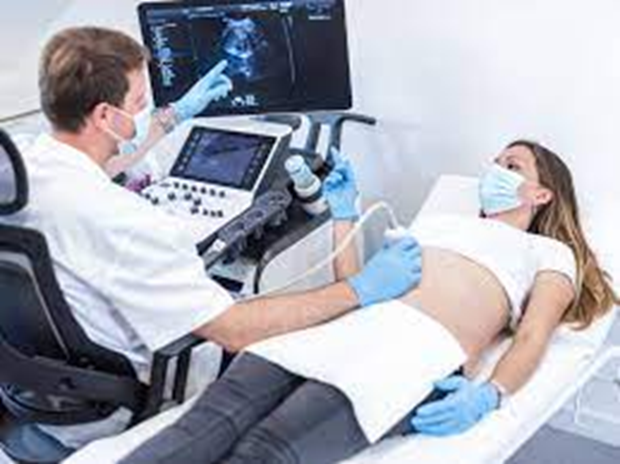A nurse is caring for four clients. For which of the following clients should the nurse use the therapeutic communication technique of silence?
A client who plans to leave the facility against medical advice.
A client who informs the nurse that they have made their funeral arrangements.
A client who tells the nurse that the night shift nurse did not bring their medication.
A client who has just experienced the death of their child.
The Correct Answer is D
The correct answer is choice D: A client who has just experienced the death of their child.
Choice A rationale:
Offering silence to a client who plans to leave the facility against medical advice might not be the most appropriate therapeutic communication technique. Silence in this situation could be misconstrued as ignoring the client's concerns or not addressing their reasons for wanting to leave. Active listening and open-ended questioning would likely be more effective in understanding and addressing the client's concerns.
Choice B rationale:
A client who informs the nurse that they have made their funeral arrangements is expressing thoughts and emotions that might require sensitive communication. Silence in this context could be interpreted as neglecting the client's need for support and empathy. The nurse should engage in a compassionate conversation and encourage the client to share their feelings.
Choice C rationale:
For a client who tells the nurse that the night shift nurse did not bring their medication, silence would not be the most suitable response. This situation calls for clarification and action, as the nurse needs to address the medication discrepancy promptly. Engaging in open communication and resolving the issue is essential here.
Choice D rationale:
A client who has just experienced the death of their child is likely overwhelmed with grief and intense emotions. In this scenario, using the therapeutic communication technique of silence can provide the client with a supportive space to process their feelings. Offering a moment of silence acknowledges the depth of their emotions and gives them the opportunity to express themselves when they are ready.
Nursing Test Bank
Naxlex Comprehensive Predictor Exams
Related Questions
Correct Answer is A
Explanation
The correct answer is choice A. Perform a bladder scan.
Choice A rationale:
Performing a bladder scan is the first action the nurse should take before proceeding with intermittent urinary catheterization. A bladder scan assesses the bladder's volume and determines if catheterization is necessary. It helps avoid unnecessary catheterizations, reduces the risk of infection, and promotes patient comfort.

Choice B rationale:
While cleansing the meatus and providing perineal care are important steps in preparing for urinary catheterization, they come after assessing the need for catheterization. Without knowing the bladder volume, these actions could be premature.
Choice C rationale:
Providing perineal care is important for maintaining hygiene and preventing infection, but it should be done after the decision for catheterization has been made based on the bladder scan results.
Choice D rationale:
Lubricating the catheter is a step that should be taken after the decision for catheterization is made and the need for catheterization is confirmed. It helps ease the insertion process and reduce discomfort for the patient.
Correct Answer is C
Explanation
The correct answer is choiceC. “You should cleanse your eye from the inner to the outer edge prior to putting in the drops.”
Choice A rationale:
Looking to the side when putting in eye drops is not recommended.The correct technique involves looking up to help the drop fall into the eye more easily.
Choice B rationale:
Putting drops directly in the center of the eyeball can cause discomfort and may not be effective.The drops should be placed in the lower eyelid pocket.
Choice C rationale:
Cleansing the eye from the inner to the outer edge helps remove any debris or discharge, reducing the risk of infection and ensuring the drops are effective.
Choice D rationale:
Pressing on the tear duct after putting in eye drops can help prevent the medication from draining away too quickly, ensuring better absorption.
Whether you are a student looking to ace your exams or a practicing nurse seeking to enhance your expertise , our nursing education contents will empower you with the confidence and competence to make a difference in the lives of patients and become a respected leader in the healthcare field.
Visit Naxlex, invest in your future and unlock endless possibilities with our unparalleled nursing education contents today
Report Wrong Answer on the Current Question
Do you disagree with the answer? If yes, what is your expected answer? Explain.
Kindly be descriptive with the issue you are facing.
